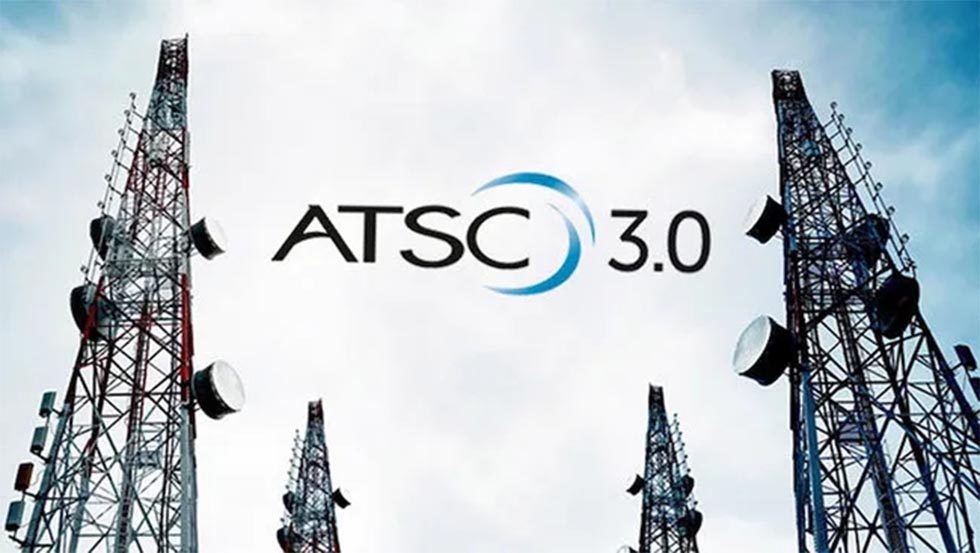Digital Cinematography: Not So Fast
Filmmakers need more convincing to give up film
LOS ANGELES
It's generally hard to get people to try a new approach unless you can show it to be cheaper, faster, more convenient or able to yield more exciting results. This logic is compounded when there are high financial stakes, deadlines, a learning curve and quickly evolving parameters for the "work-in-progress" alternative.
Five reps from the American Society of Cinematographers' Technology Committee featured at the Hollywood Post Alliance's Tech Retreat seemed keen to explore the possibilities of HD-if they maintained control of quality and integrity.
"As long as they (the manufacturers) don't lie to us and take things away, I'm up for it," panelist Peter Anderson told TV Techology. Mr. Anderson, nonplussed at "always being at a training point," has worked with HD since 1982, as well as with IMAX images, digital 3D and other cutting edge formats.
For Curtis Clark, chairman of the ASC's Tech Committee, the main criteria is "faster and cheaper" for the entire process, not just acquisition. Clark wondered what steps would be necessary to take the material and repurpose it to different platforms. He also elaborated a wish list for the camera itself.
WE WANT IT ALL
"We want to use the wonderful state-of-the-art lenses," he said. "We want clear contrast dynamic, full-color depth capability and image capture. We want the subtle nuances and tones that we get on film."
Feedback elsewhere indicated that the film industry is hardly excited about embracing HD. Denny Clairmont, owner of Hollywood rental house Clairmont Camera and advisor to Dalsa and Arri, said ENG packaging made most cameras too long-17 inches from back to front vs. a typical seven-inch movie camera.
The Arriflex D-20, he noted, is more on the money, not only offering the reflex viewfinder and film lens accommodation that Dalsa's Origin now offers, but also the more familiar shape of the film camera.
Clairmont also questioned the prevailing assumption that digital cinematography was "faster and cheaper."
"A reasonable-sized film package would cost you about $13,000 a week," he said. "The equivalent digital package would be at least $19,000."
He justified the premium for digital equipment by noting higher prices for lenses and monitors and, more important, the fact that the technology is changing so rapidly that equipment has a very short useful life.
"We have to recoup $120,000 and a profit and pay off all our overhead in three years," said Clairmont, compared to at least 10 years for film equipment.
And digital production generally takes longer to shoot, he said.
"It takes more time each day, typically 45 minutes to an hour-and-a-half. People are not as familiar with the equipment. Then they have all these monitors and cables to move around. And, when it comes to bright scenes-sunlight, a hot window in the background-they're not as forgiving as film cameras, so they have to light the set more carefully," he said.
The last item is part of what cinematographers call "latitude" and HD proponents' call "dynamic range," something being considered as seriously as the once all-encompassing quest for a higher pixel count.
Sony, Panasonic and Thomson provide the HD cameras currently for the digital cinema market and all three use CCD image sensors and video monitors. Their top-of-the-line models are the Sony CineAlta HDC F-950 (debuted NAB 2003), the Panasonic AJ-HDC27 VariCam (NAB 2002) and the Thomson Viper (NAB 2002). Panasonic's offering has a pixel count of one million; Sony's and Thomson's, two million.
Both the Sony and Panasonic operate as single videotape-recording units, although you can remote the Sony's CCD block.
Thomson's relatively tiny Viper uses a disk recorder about the size of a computer tower to capture raw, uncompressed data off its sensors.
"You need large pieces of hardware to get (footage) rendered and manipulated in real-time," said Thomson spokesman Mark Chiolis.
Two newcomers to the HD cinematography market, Canada's Dalsa and Germany's Arri, also record to disk. Dalsa's eight million pixel Origin and Arri's six million pixel D-20 are both in the prototype stage. Unlike the other three contenders, they use CMOS image sensors instead of CCDs.
John Coghill, general manager of Dalsa's Digital Cinema Strategic Business unit, said a half-dozen beta-mode Origins were in comparison tests with 35mm for exposure latitude and workflow. Warner Bros., Media Studios, Media Principia, SGI and Canada's STCVQ production union were slated to use the Origin for a short film called "The Glove."
Regarding Arri's R&D initiative, Michael Koppetz said his company's immediate goal was to tap into TV production. Longer term, Arri is interested in research at Lockheed Martin.
Lockheed's Blue Herring 36 million pixel prototype (12 million per chip) evolved from the U.S. government's desire to see "a two-inch piece of foam falling off the space shuttle" as it hurtled home, said Steven Stough, technology director, Intelligence Systems.
So far, the Blue Herring uses a device that stores eight minutes of data at $9,000 per minute (once filled it cannot be used again), requires a lot of power, and generates fan noise. The cost of routing the data between user workstations is staggering due to high bandwidth. Three systems deployed now each pay $70 million to route information among 500 users. Lockheed's near- term goal is to reduce the bandwidth-switching requirement by 50:1 from what it is now.
Lockheed eventually hopes to license its technology to a manufacturer catering to the cinematography industry.
The professional video industry's #1 source for news, trends and product and tech information. Sign up below.
